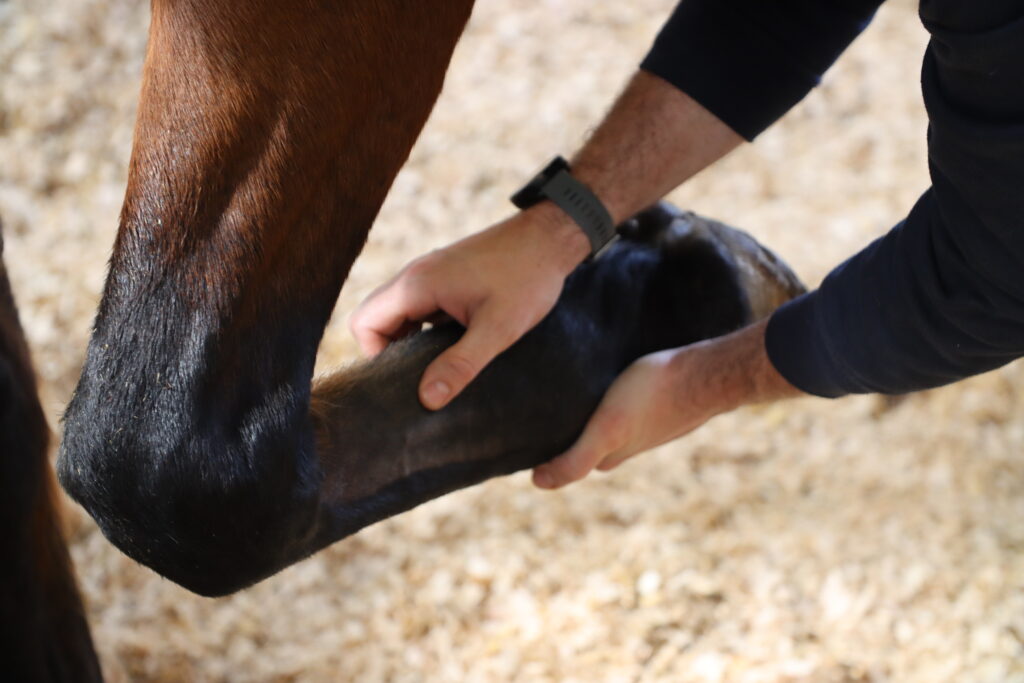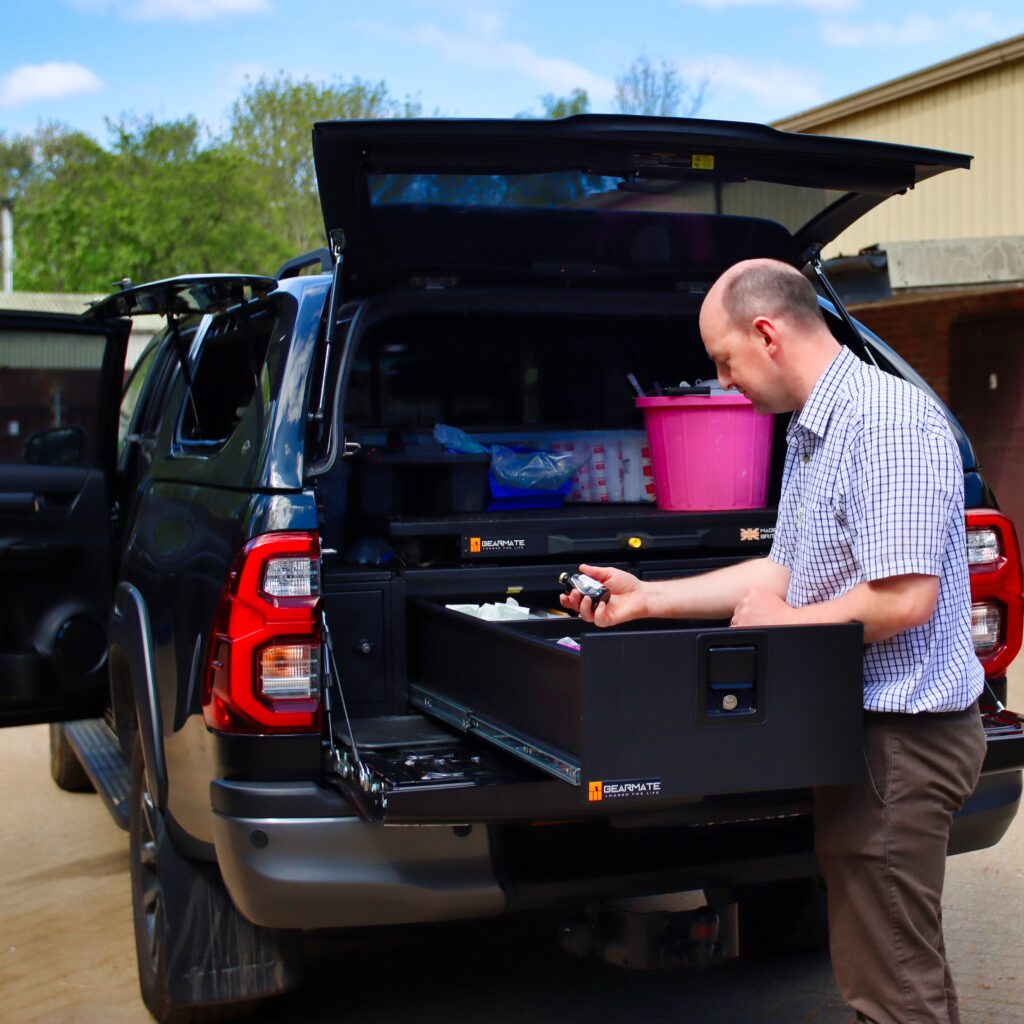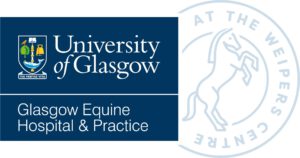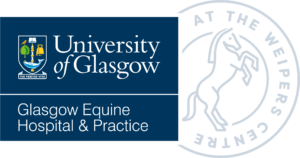Pre-Purchase Examinations (Vettings)
Buying a horse is a big decision. A Pre-Purchase Examination (PPE) — commonly called a “vetting” — gives you professional veterinary advice to support your choice. We offer both two-stage and five-stage vettings carried out by experienced equine vets.
As a University of Glasgow-based service, our team benefits from direct links with the Glasgow Equine Hospital, giving us access to a wide network of specialists and in-house referral services. This means your vetting is informed not only by years of field experience but also by the latest clinical insight and diagnostic capabilities.
This page gives you the essentials, including what to expect, when a two-stage might be suitable, and answers to common questions.. A Pre-Purchase Examination (PPE) — commonly called a “vetting” — gives you professional veterinary advice to support your choice. We offer both two-stage and five-stage vettings carried out by experienced equine vets.
This page gives you the essentials, including what to expect, when a two-stage might be suitable, and answers to common questions.

What is a Vetting

A vetting is a clinical assessment of a horse at the time of sale, designed to identify any health issues that might affect its suitability for your intended use. It is not a guarantee, but it gives you vital information to help make an informed decision.
We follow BEVA/RCVS guidelines, and every PPE is tailored to the needs of the prospective purchaser.
Two-Stage vs Five-Stage Vetting
Two-Stage Vetting
Full clinical exam and trot-up in hand (same initial assessment as the five-stage)
Includes lunging on a suitable surface if safe and appropriate
Suitable for low-intensity use, very young or unbroken horses
May miss issues that only show up during or after sustained exercise
Five-Stage Vetting
Full clinical exam (same as two-stage), followed by exercise, rest, recovery, and re-trot phases
These additional stages can highlight stiffness or subtle lameness that may only appear after exertion
Particularly recommended for older horses, horses with unknown history, or those intended for regular work or competition
Often required by insurers


